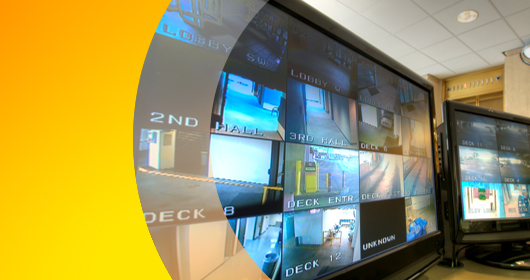 Hello. I am Fukuda from the Fujitsu AI laboratory. Fujitsu provides advanced AI technology through the Fujitsu Kozuchi (code name) - Fujitsu AI Platform. We hope that more people will try our technologies using Kozuchi to see how it can help them in their work. We will improve these technologies based on your impressions and feedback.
Hello. I am Fukuda from the Fujitsu AI laboratory. Fujitsu provides advanced AI technology through the Fujitsu Kozuchi (code name) - Fujitsu AI Platform. We hope that more people will try our technologies using Kozuchi to see how it can help them in their work. We will improve these technologies based on your impressions and feedback.
However, at this stage, many of the technologies listed on the current Fujitsu Kozuchi website have limited information—just a name and a few lines of explanation—making it difficult for customers and partners to test them and understand their value. Given this, we have decided to begin a five-week blog series which will introduce the values and features of the AI core engine technologies that are provided as software on Fujitsu Kozuchi. Our hope is that the series will help readers learn more about our technology and how it can contribute to their work.
Now, as a preview to the series, I would like to provide an overview of the engines.
AI Core Engines Introduced in the Blog Series:
1. Synthetic Image Generation: Experience automated image coloring that reproduces the creator's style! (To be posted around January 26)
Synthetic Image Generation enables users to automatically color images in the user’s desired style. Consistent image coloring is possible for many images, including animations. The engine colors the image in harmony with the existing image in addition to referencing the user’s desired style.

2. Fujitsu Neuro-Symbolic Explainer: Provide validated, visual, rule-based explanations for image classifications made by AI (Post around February 2)
In recent years AI has been able to accurately classify images from a wide range of domains, including animals ("cat" or "dog"), scenes ("city" or "countryside"), medical images ("cancer" or "healthy"), and many others. However in many cases an AI’s thought process is a black-box and so its reasons for choosing particular classifications over others are not stated explicitly. This engine provides image classification results (for example “city”) for an image along with the reasons for that classification (e.g. “because there are buildings and no trees”). Our engine makes it possible to improve the reliability of an AI significantly by presenting the reasons for that AI’s judgements.

3. Multi-Camera Tracking: Continuously track a person in a large crowded area (To be posted around February 9)
Using multiple cameras at different angles can cause interruptions when tracking a person in a city or store. Tracking is often interrupted when a person is temporarily hidden behind objects or overlaps with other people. This engine identifies a single person using footage from multiple cameras and is able to continue tracking even when the target person moves behind objects or other people. Together, these features enable more detailed behavior analysis for the target person. This technology achieved the No.1 global ranking in accuracy in people-tracking benchmarks.

4. Camera Angle Change Detection: Instantly detect when a camera’s direction is shifted (To be posted around February 16)
Image recognition AI using footage from fixed cameras such as security cameras may lose accuracy when there is even a slight shift in camera angle, range, or target layout. This engine immediately detects subtle changes such as camera shifts, rotations, and range enlargement/reduction in order to prevent AI accuracy degradation. In addition, the technology can be easily combined with other image AI systems, enabling the stable operation of image AI technology.

5. Adversarial Example Attack Detector: Detect adversarial example attacks in real-time, preventing false identification via image recognition AI (To be posted around February 22)
As image recognition AI becomes widely available across society, users are increasingly concerned about attacks that use special patterns to trigger false identification. This engine not only detects such attacks in real-time, but also explains how they could cause false identification. As it can be implemented with an existing image recognition AI system, the technology also improves the security of customers’ existing AI.

Conclusion
In conclusion, our future blog posts will introduce what customers can do with the Fujitsu Kozuchi AI core engines, as well as the features of these technologies which enable their value. The series will start with five engines, but we will also introduce other engines alongside updates and improvements based on user feedback. We hope our blog will spark your interest in Fujitsu technology and motivate you to give them a try.